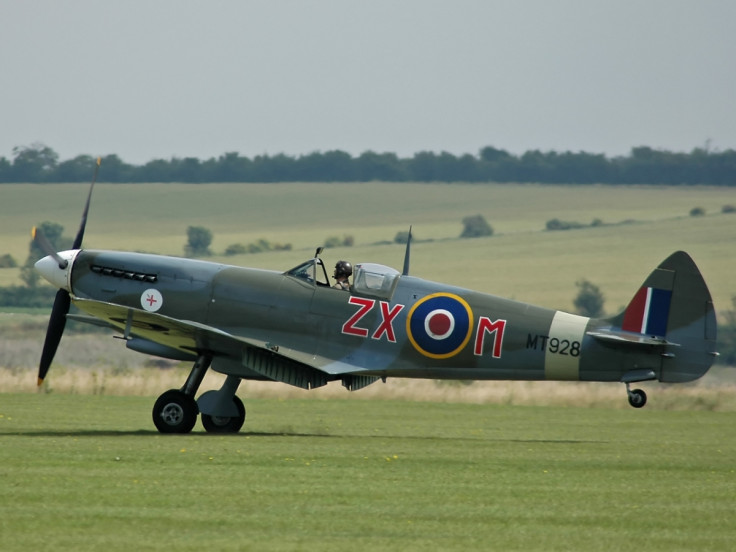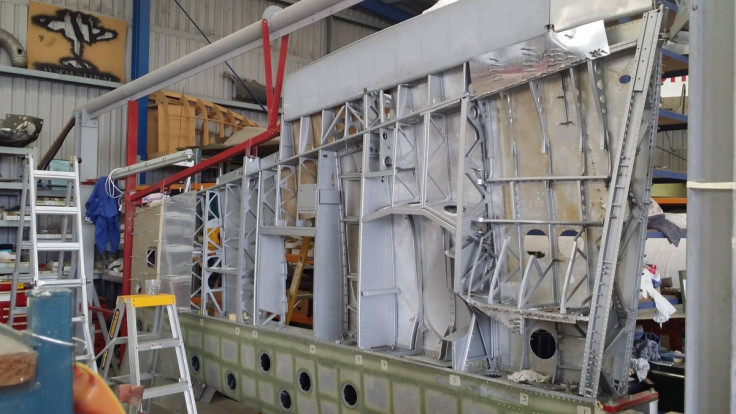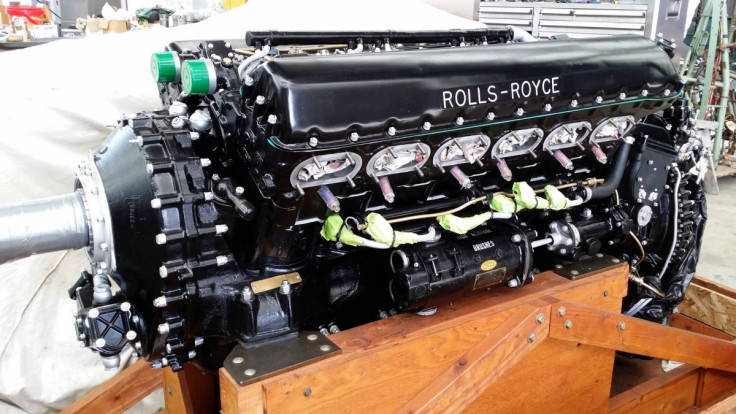The Sublime Spitfire: Hitler's Battle of Britain Nemesis

The Battle of Britain began on 10 July 1940 and made history as being the first major campaign ever to be fought entirely by air forces.
- Check out photo gallery of Spitfires being restored in New Zealand here
It lasted three months and three weeks and included The Blitz, the largest sustained aerial bombing campaign ever. But Nazi Germany and its immense airforce, the Luffwaffe, failed to destroy Britain's air defences and the Battle of Britain was a crucial turning point in the World War Two for the Allies.
While much of Britain's victory has been accredited to the invention of radar, which enabled people on land to monitor the skies while the exhausted fighter pilots recuperated before the next battle, the iconic Spitfire single-seat fighter plane is credited with fighting and winning the battle in the summer skies above southern England. As a result, Hitler was forced to abort the planned invasion of England and the total conquest of Europe.
"It was the best weapon that Britain had during WWII, the mainstay fighter airplane for Britain. Most of the success in gaining air superiority came through use of the Spitfire," wartime aircraft restorer Warren Denholm tells IBTimes UK.
"It was the coolest thing they had and did the best job."
The Supermarine Spitfire
The Spitfire was a short-range, high-performance interceptor aircraft used by the Royal Air Force. In total, 20,351 units were produced, each one costing £13,000 ($22,257).
Although much of the Battle of Britain was also fought by the Hawker Hurricane, the Spitfire had elliptical wings with incredibly thin cross-sections, which gave the fighter a much higher top speed than the Hurricane and many other fighter planes at the time.

However what was truly remarkable about the Spitfire was the engine and the materials used to construct the plane, according to Denholm, whose firm Avspecs in New Zealand has been restoring vintage and wartime aircraft for 20 years.
The Spitfire was initially powered by a Rolls-Royce Merlin engine, which initially produced up to 1,030 hp (768 kW), although future marks saw the plane's performance increase up to 2,340 hp (1,745 kW), with an air speed of 600 mph (970km/h) due to the addition of a two-stage, two-speed supercharger and the switch-over to the much more powerful Rolls-Royce Griffon.
"The Spitfire's engine was the greatest technological leap at the time," says Denholm.
"It was one of the earliest all-metal airplanes. The Hurricane was using a much older design, but the Spitfire was a new way of making airplanes – the first English production fighter airplane to be made that way."

Two-stage, two-speed superchargers, enabled a significant increase in power at much higher altitudes than the original single stage superchargers, which could not easily handle higher altitudes and reduction in air density.
As production of the Spitfire intensified during the Battle of Britain, the airplane manufacturers also improved the plane's carburettors.
It was found that during an air battle, if the Merlin engine was affected by negative "g" forces due to a sudden dive, the engine would lose power due to petrol starvation.
Using the Bendix-Stromberg pressure carburettor, more precise metering of the amount of fuel used by the engine was able to prevent the problem.
Spitfires today

The Spitfire was hugely popular in many Allied countries during and after WWII, and there were eventually 24 marks of the plane and numerous sub-variants in use up until it was retired in 1955 as new jet engines phased out propeller-powered aircraft.
Today, there are 235 Spitfires remaining across the world, although periodically a lost specimen is discovered in countries such as South Africa and Australia by excited plane enthusiasts. Only 52 of the known Spitfires are airworthy.
"We're currently involved with three Spitfires, all of completely different marks - mark 5, through to mark 14. We're petrol heads, into things driven by petrol. We love powerful, fast airplanes that won wars," explains Denholm.
His firm specialises in restoring vintage and wartime aircraft, making each plane as authentic and accurate as possible, so that it will fly and be as good as a brand new plane straight from a factory.
Plane restoration is not a cheap hobby, however.
Restored Spitfires that can be flown will sell for a minimum of £2 million each. If you can find an old wreck, it might set you back by the relatively cheap price of under £700, but restoring the plane would then cost you about another £1m.
After WWII, Spitfires were either placed in museums or parts of the planes were used to decorate airfields all over the UK in celebration of the success of the Battle of Britain.
Over time, as the planes became obsolete, governments would sell off old spare parts to people who wanted them for their own private collections.
People who want to restore planes have to get to know the people who have the parts they need, wherever they might be located in the world.
"Parts are very hard to find, some are running out and you have to make them yourself. It's a small community though, so after a while you get to know all the people who have the parts in their shed," says Denholm.
For more information about Spitfires, check out The Spitfire Site.
You can also keep up with the work of Avspecs by following them on Facebook.
For those looking for spare parts, Spitfire Spares is worth checking out.
© Copyright IBTimes 2025. All rights reserved.






















